Article: Cost vs. Efficiency: Calculating the ROI of a Compact Grader for Your Business
Cost vs. Efficiency: Calculating the ROI of a Compact Grader for Your Business
The Real Cost Behind Your Grading Equipment
For commercial builders, civil contractors, and developers in New Zealand, every spending decision comes down to one thing: profitability. In this industry, even a few millimetres off grade can mean thousands lost in material giveaway. And when margins are tight and deadlines are tighter, that kind of loss hits hard.
The upfront cost of equipment is obvious. What’s not so obvious are the hidden ones: wasted material, extra labour hours, and the fuel burnt fixing uneven grades. In a market where machines cost millions and the national infrastructure pipeline tops $200 billion, those small inefficiencies can quickly snowball.
So the real question isn’t, “Can we afford a high-precision compact grader?” It’s, “Can we afford the cost of not having one?” Because even small inefficiencies add up fast, quietly draining thousands from your bottom line over time.
That’s where purpose-built compact graders, like Neilo’s tractor-grader combos engineered in Palmerston North, make all the difference. It’s not just about specs or price tags, but the long-term compounding ROI driven by precision, speed, and fewer headaches on site. Sophisticated contractors know that a machine that costs more upfront but saves thousands in materials and labour over its life is the smarter investment.
Let’s break down the three core areas where a compact grader transforms from a cost centre into a profit multiplier:
- Material savings through precision.
- Labour and time savings via efficiency.
- Longevity and high utilisation rate.
The Financial Case for Precision Grading
The most significant financial benefit derived from a high-precision grading system is the reduction of material waste.

Eliminating Material “Giveaway”
Picture this: you’re laying base course on a 1,000-square-metre road project. Using traditional grading, a bit of eye-balling, and a few basic tools almost always means overestimating. That “extra” 50 millimetres of depth? It’s not minor. It’s hundreds of dollars wasted on aggregate, concrete, or subgrade you didn’t actually need.
In New Zealand’s cost-conscious construction world, that kind of material giveaway eats straight into your profit. That’s where Neilo’s purpose-built compact graders, such as the B3150 and M5111, change the game, delivering millimetre-perfect precision that spreads material exactly to spec. On just one large job, that accuracy can save you over $5,000. No waste. No guesswork. Just pure efficiency.
The Role of Laser Grader and 3D Grader Technology
Precision in grading doesn’t happen by chance; it comes from expert engineering and integrated technology. Neilo’s compact grader systems integrate seamlessly with cutting-edge laser grader and 3D grader technology, transforming your tractor into a smart, digitally controlled grading powerhouse. Whether you’re running a simple 2D laser system to contour a site, or using a fully GPS-guided 3D system for complex drainage and roading, these technologies guarantee the grade is spot on, every single time.
There’s no room for rework, no costly excess material piling up. The precision isn’t just a bonus; it’s your critical ROI insurance policy.
Labour and Time Savings

Time is money on any construction site, and a compact grader saves both by cutting labour costs and speeding up project timelines.
Reduced Pass Count and Rework
A purpose-built compact grader delivers what truly counts on site: stability, visibility, and precise control—qualities often missing in basic attachments. For instance, a skid steer grader usually suffers from limited visibility, unstable footing, and manual controls, requiring ten or more passes to achieve the correct grade.
In contrast, Neilo’s compact graders, engineered for precision blade control and hydraulic stability, get it done in just three to four passes. This cuts fuel use, wear and tear, and shortens job timelines by days. The biggest advantage? Avoiding costly rework. Even a 20 mm grading error can cost thousands to fix, but precision 3D grader technology helps prevent these errors before they occur.
Operational Costs vs. Utilisation Rate
The size and versatility of the compact grader contribute significantly to its ROI through high utilisation. This means your grader isn’t collecting dust between projects; it’s actively generating measurable returns week after week.
Consider traditional motor graders: powerful, yes, but at over $500,000, they’re costly to move, need big site access, and often sit idle between major roading projects. In contrast, Neilo’s compact B3150 grader, weighing just 1,290 kg, can be trailered anywhere and is working within minutes.
Imagine the week: Monday, grading a residential driveway. Tuesday, clearing a farm track. Wednesday, shaping a commercial site. With models ranging from 31 HP to 110 HP, you can easily tackle five to six small-to-medium jobs a week, spreading your investment across multiple projects and cutting your overheads with every job.
Longevity and Maintenance ROI

The long-term value of equipment is tied to its reliability and cost of ownership. Downtime is a project delay, and a project delay costs money.
Built for Durability: Minimal Downtime
Neilo’s compact graders are built on trusty Kubota tractor platforms—machines with a long-standing reputation for reliability across both New Zealand and Australia. Designed for heavy-duty work without the complexity that leads to breakdowns, fewer moving parts mean fewer stoppages. Downtime on site doesn’t just disrupt your flow; it can cost thousands per day in lost productivity and penalty clauses. The robust, reliable design of a Neilo grader keeps you moving and the projects profitable.
Multi-Functionality: Replacing Multiple Tools
Here’s an eye-opener: one compact grader can do the work of three. Swap the grader blade for a broom attachment, like Neilo’s B3150 Broom, and instantly control dust and clear debris. Add a front-end loader attachment, and you’ve got a cleanup powerhouse too. Contractors like Graham Civil have harnessed the versatility of the M5111 Stabiliser to revolutionise how they tackle roadworks and site preparation, maximising every minute on the clock. Why juggle multiple rentals and machines when one adaptable unit does it all?
Your Compact Grader ROI Checklist
- Material savings: Precision blade control and grading tech cut costly material waste.
- Labour efficiency: Fewer passes and minimal rework boost productivity.
- Precision tech: Laser and 3D systems deliver unmatched accuracy.
- Low maintenance: Durable, multi-functional design keeps costs down.
The bottom line is clear: the compact grader isn’t just an expense; it’s a profit multiplier. While the lower initial cost of skid steer attachments may tempt, they ultimately cost you more through wasted time, material, and missed opportunities.
With Neilo’s cutting-edge precision technology, your ROI won’t just show up; it arrives fast, measurable, and sustainable.
Stop measuring equipment by price tags. Measure it by profit.

Ready to turn grading from a cost centre into a revenue driver? Contact Neilo for a customised ROI analysis tailored to your projects and see exactly how much time, material, and money you could be saving with a Neilo compact grader.
Frequently Asked Questions
How quickly can I see ROI with a compact grader?
ROI varies based on how often you use the machine, but thanks to the high precision and material savings, it starts paying for itself almost immediately on larger jobs.
Is a skid steer grader attachment a cheaper alternative?
Skid steer attachments may be cheaper upfront, but their lack of precision and stability drives up costs and lowers finish quality over time. A purpose-built compact grader delivers maximum productivity with lower lifetime costs.
Do I need a laser grader or 3D grader for basic site work?
For basic levelling, no. But for drainage, concrete pads, or roadwork, absolutely. Without precision tech, material waste and rework can cost thousands. Neilo integrates both systems from the start.
What’s the main maintenance cost for a compact grader?
The primary ongoing costs are consumables and blade wear, typical for grading equipment. Overall, running costs are lower and less complex than those of a large motor grader.
Does compact size limit project types?
Not at all! Its size is an advantage, perfect for tight sites, rural jobs, and fine finish grading where big machines can’t go. It won’t replace heavy roading graders, but it’s unbeatable for precision civil finishing and commercial site preparation.
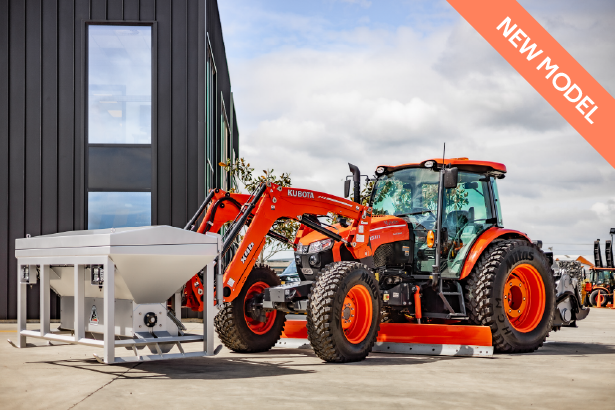
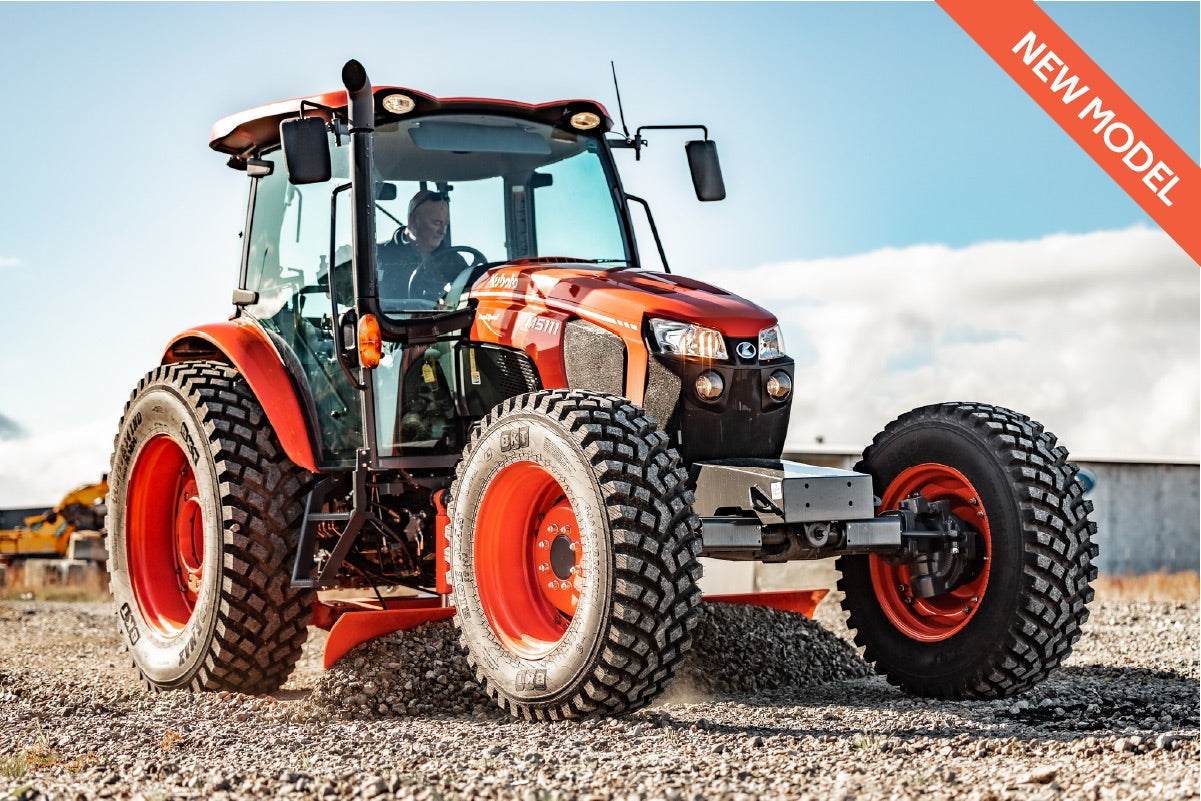
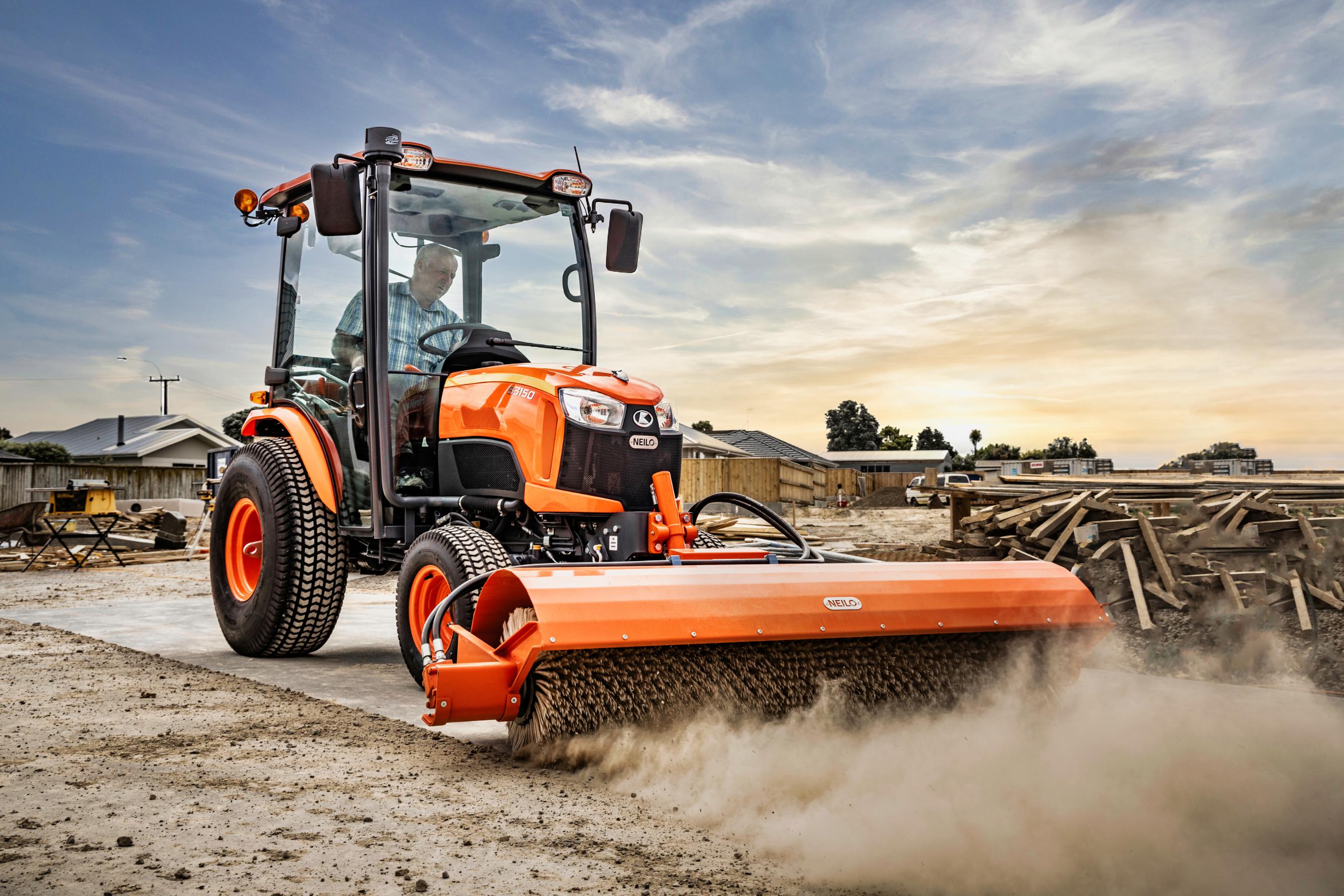
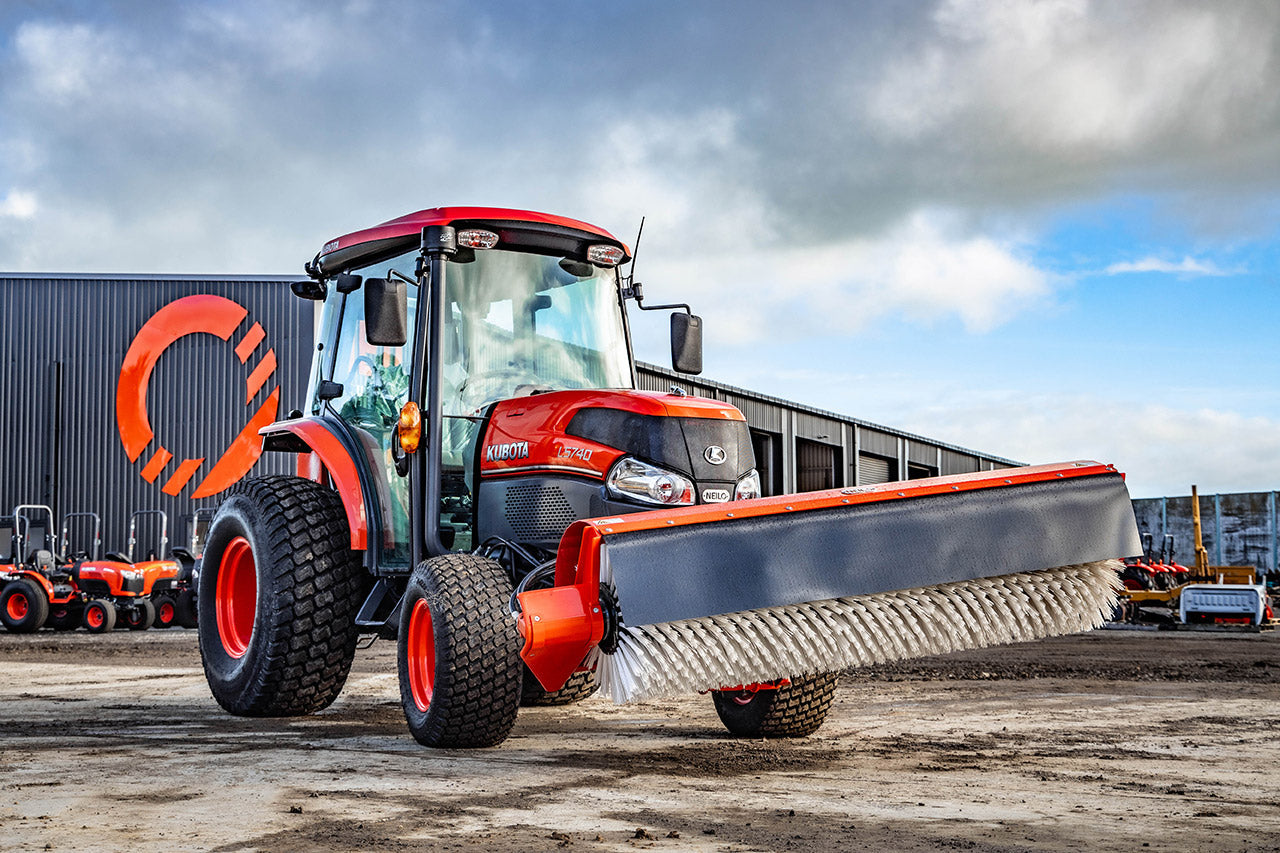
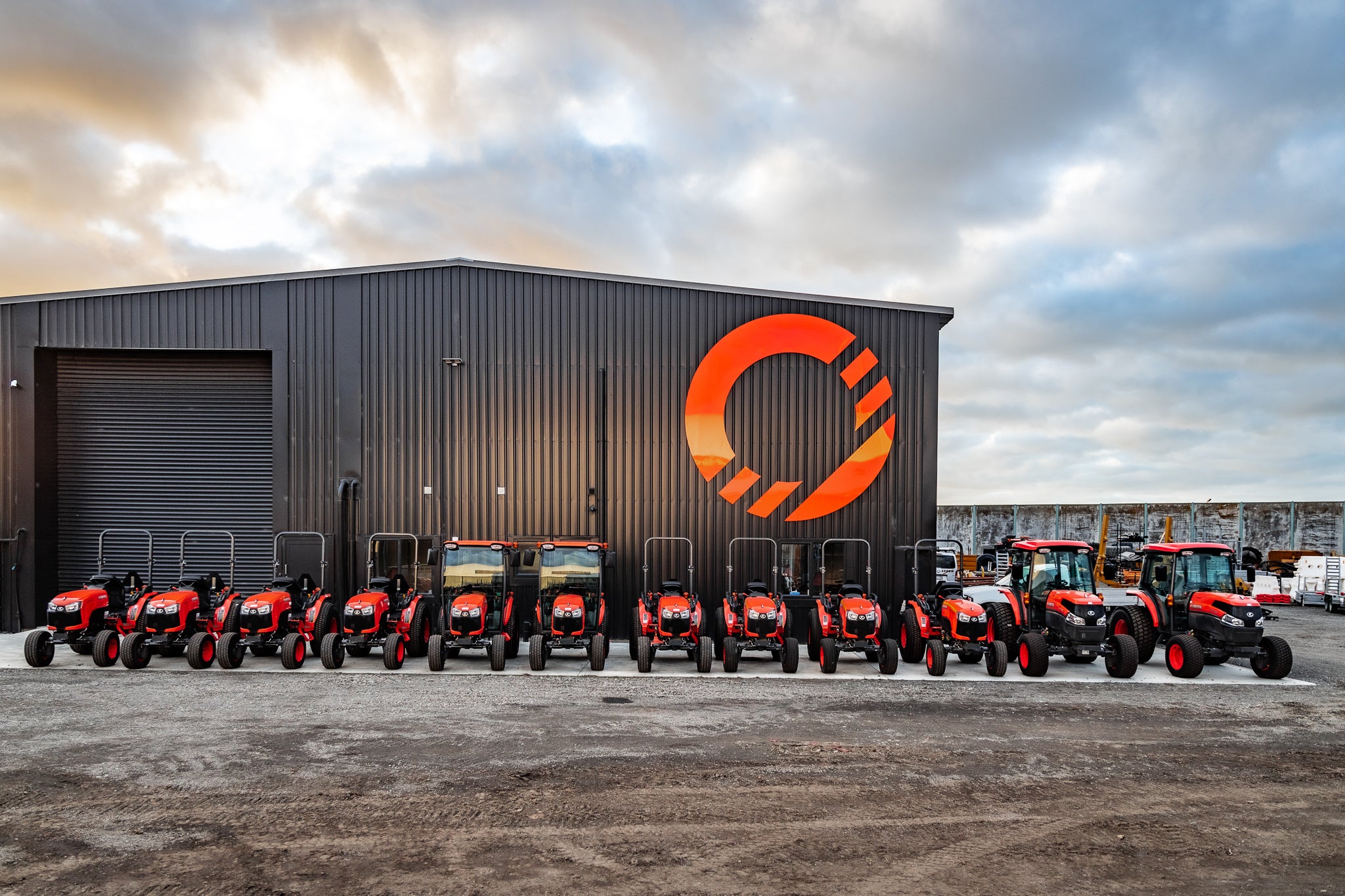
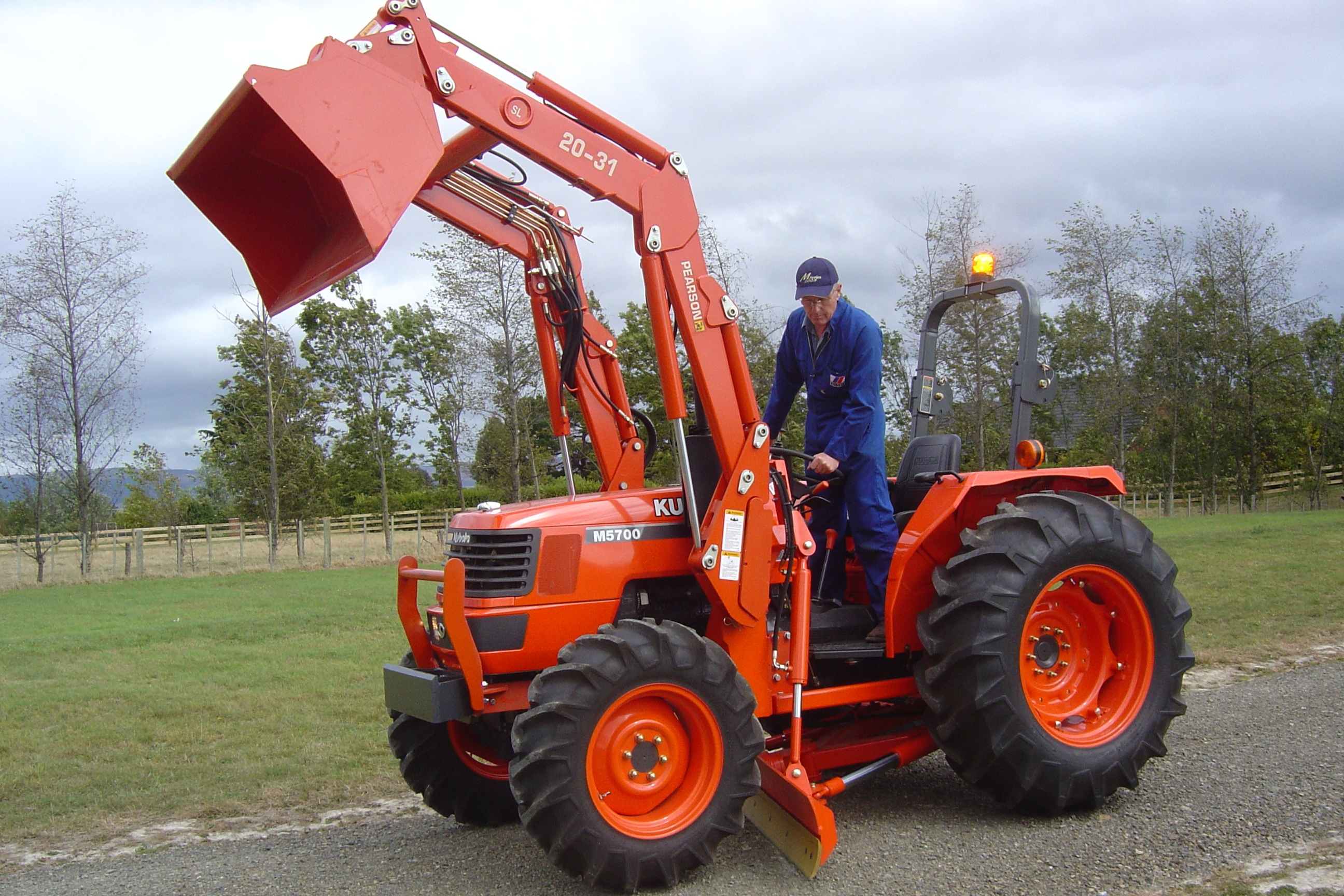
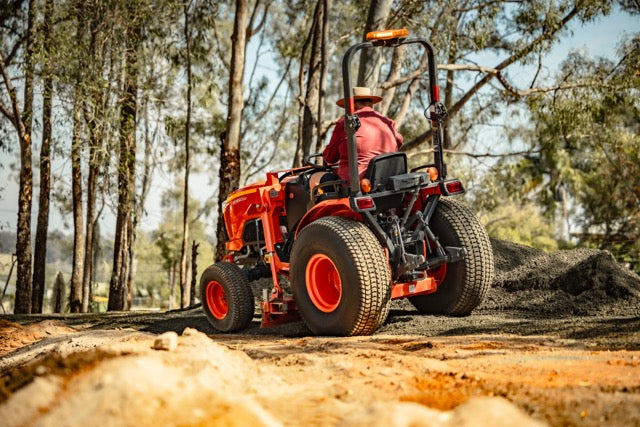
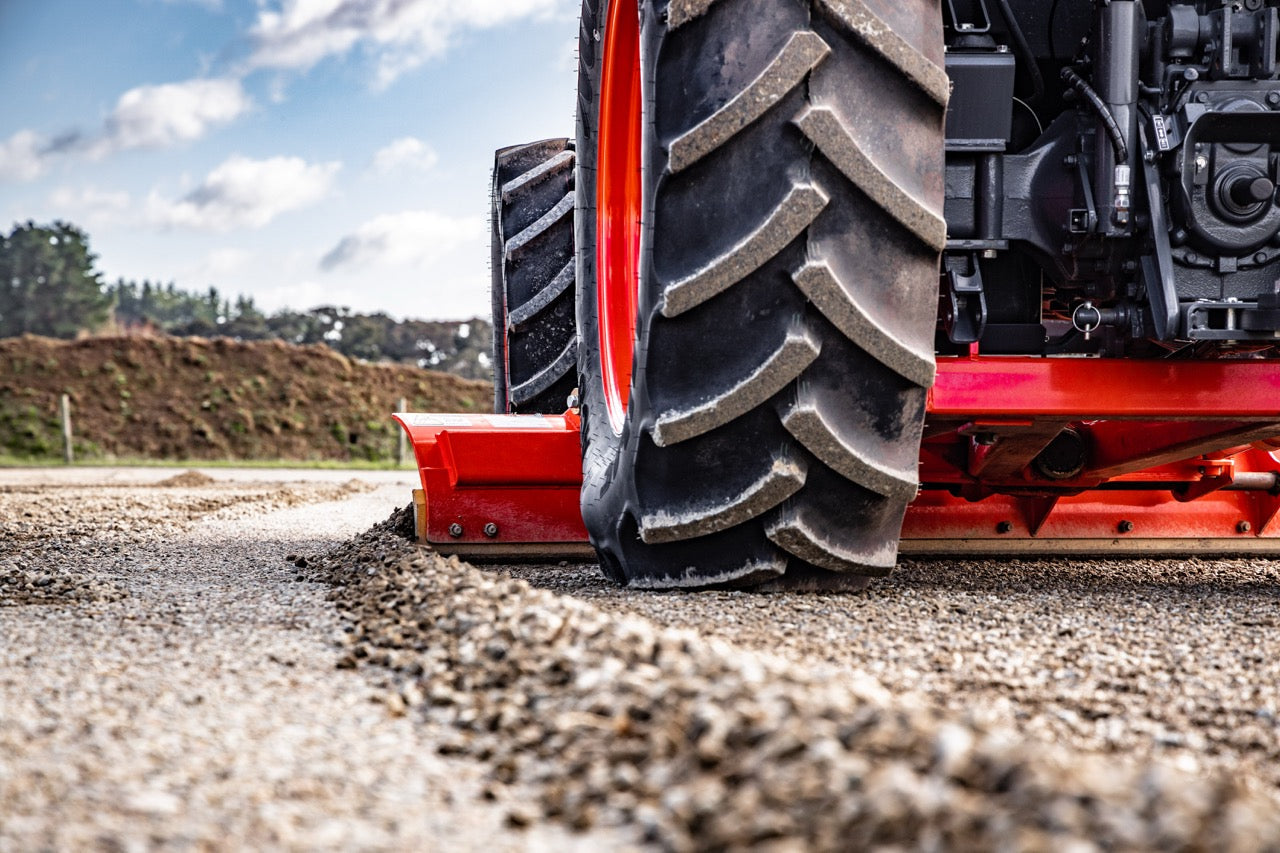
Leave a comment
This site is protected by hCaptcha and the hCaptcha Privacy Policy and Terms of Service apply.